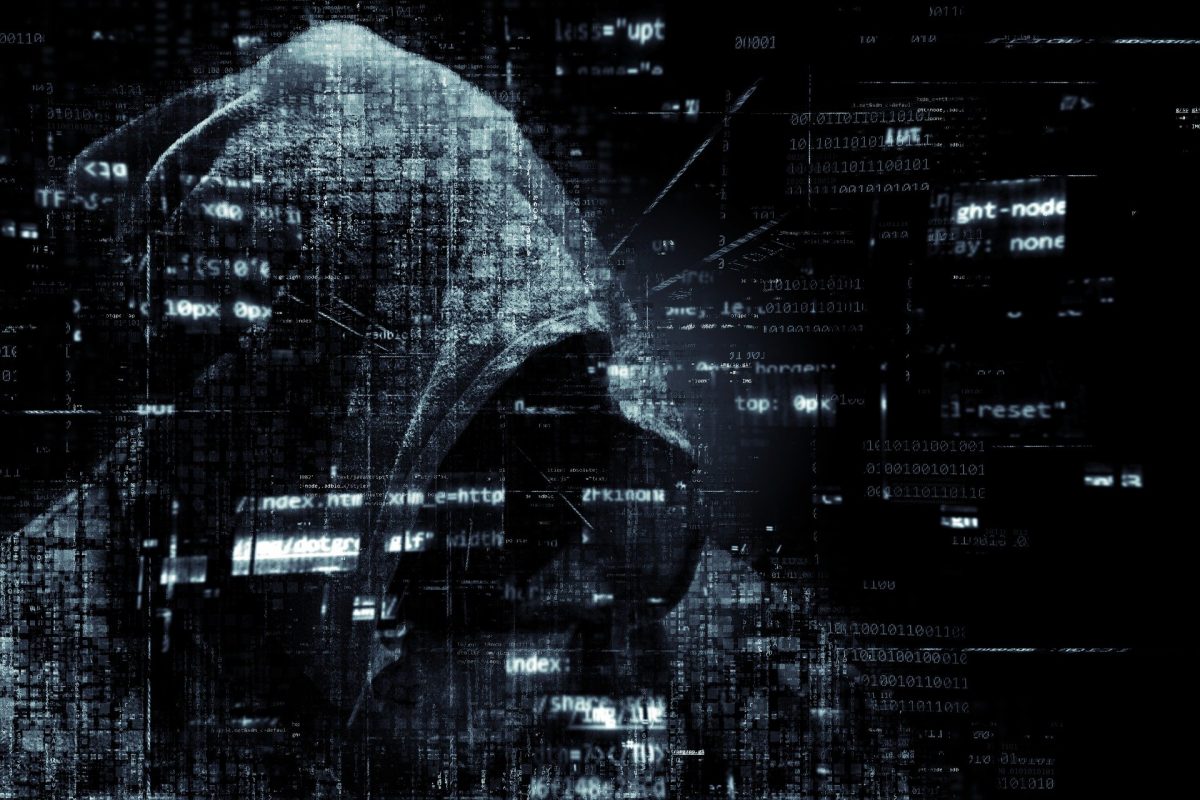By: Rushika M
“It is most useful that the true origins of memorable inventions be known, especially of those that were conceived not by accident but by an effort of meditation. The use of this is not merely that history may give everyone his due and others be spurred by the expectation of similar praise, but also that the art of discovery may be promoted and its method become known through brilliant examples.”[1]
-Gottfried Wilhelm Leibniz
One of the oldest and most controversial intellectual property disputes in the world is the peculiar case of Sir Isaac Newton and Gottfried Wilhelm Leibniz. As rightly described by Jason Socrates Bardi in the title of his book ‘Calculus Wars’, the dispute between Newton and Leibniz is the ‘greatest mathematical clash of all time’.[2]
The dispute between Newton and Leibniz was not an uncommon one, especially in the 17th century which has been described by the American science historian D. Meli as the “golden age of the mud-slinging priority disputes.”[3] Both men being great mathematical minds and accomplished intellectuals, claimed priority over the invention of Calculus. For those unaware, Calculus is the branch of mathematics that deals with the finding and properties of derivatives and integrals of functions, by methods originally based on the summation of infinitesimal differences.[4] In short, it is the study of continuous change.[5] Presently, the use of calculus is indispensable in many fields of science and mathematics such as physics, computer science, engineering, statistics, economics, medicine, and demography to name a few. Both, Newton and Leibniz sought to establish the same as their own invention. However, the distinguishing quality of their case is not only the nature and subject-matter of dispute but also the manner in which each sought to establish their priority.
Learn more about Intellectual Property Rights with Enhelion’s Online Law firm certified Master Course!
A brief description of the dispute is as follows. Infinitesimal calculus may be expressed in one of the two forms: (i) as a notation of fluxions or (ii) as a notation of differentials. Newton employed fluxions in his research which can be dated back to as early as 1666. However, he did not publish his work until the year 1693. On the other hand, Leibniz employed the method of using differentials and formulated his own notation which can be dated back to as early as 1675.[6] He also referenced the same in his letter addressed to Newton in the year 1677 and included it in his memoir of 1684.[7] The dispute between the two men arose when Newton claimed that Leibniz was made aware of Newton’s research long before he arrived at his own notation and hence, Newton was the first inventor of calculus, while Leibniz had only formulated another notation based on the principles and work of Newton.[8] Since the prevalent method of establishing priority in the 17th century was not in the form of first publication or registration as it is in the present era and the usual mechanisms were in the form of anagrams, sealed envelopes, correspondences or a private message exchanged between peers, etc., the dispute between Newton and Leibniz could not be effectively resolved on the basis of first publication.
Learn more about Intellectual Property Rights with Enhelion’s Online Law firm certified Master Course!
Primarily, evidence lies in favour of Leibniz’s claim of a notation independent of Newton’s for three reasons: (i) Leibniz, who is presumed to have acted in good faith, always alluded to his discovery being his original work and this claim was undisputed for a few years; (ii) his work was published long before Newton published his method of fluxions; and (iii) in his private papers, Leibniz demonstrated the originality of his derivations and their independence from Newton’s work. However, those contesting Leibniz’s claims questioned his good faith and believed that he had been acquainted with Newton’s work in or before 1675, the reason being that Leibniz frequently corresponded with a Mr. John Collins, who was not only well-acquainted with Newton’s work, but had also received copies of the same from Newtons mentor Isaac Barrow.[9] When, in 1849, C. I. Gerhardt found copies of Newton’s work in Leibniz’s manuscripts, the claims were further substantiated. However, since it is inconclusive as to when Leibniz obtained the copies, the same cannot be considered conclusive evidence in the matter. Doubts were also cast on Leibniz’s testimony when he anonymously published a slanderous review of Newton’s tract on quadrature implying that Newton had borrowed the idea of the fluxional calculus from Leibniz and when he deliberately altered or added to important documents before publishing them, and falsified a date on a manuscript.[10] In any event, the entire dispute was also tainted by a bias favouring Newton who, while serving as the President of the Royal Society, found favour in the committee report of the Society that presided over the dispute. Although the matter came to a temporary end with the death of Leibniz and the modern consensus is that both Newton and Leibniz developed their ideas independently, debates between the supporters of the two persist to this day.
Learn more about Intellectual Property Rights with Enhelion’s Online Law firm certified Master Course!
Upon a brief analysis of the above dispute, two things are evident: (i) that much of the dispute between Newton and Leibniz was caused by assumptions which were often unsubstantiated; and (ii) the evidence presented by the gentlemen was mostly testimonial or by way of hearsay. It was perhaps due to this reason that the dispute remains unresolved to this day. Or perhaps it was the nature of the dispute resolution mechanism at the time that is to blame. Irrespective of the same, what remains consistent to this day is the topical nature of priority disputes, may it be in the field of science and mathematics, or literature, or any other domain, thus resulting in the substantial growth and relevance of intellectual property laws and jurisprudence.
At present, in India, the Indian Patents Act, 1970 is the one comprehensive law that safeguards the interests of inventors or patent holders in India. The Patents Act, 1977 would be the legal authority in the European Union, including the United Kingdom of Great Britain and Northern Ireland. A priority dispute today would be resolved under the dispute resolution mechanisms of these laws and such being the case, the standard of evidence required to prove the claims of either party would be far greater than those evidenced by Newton and Leibniz during the 17th century. It is likely that the dispute would not even have persisted for as long as it did at the time. Regardless, the case of Sir Isaac Newton and Gottfried Wilhelm Leibniz is a memorable one and one of immense significance not only to academicians and scientists, but also to legal practitioners in the field of intellectual property law.
Learn more about Intellectual Property Rights with Enhelion’s Online Law firm certified Master Course!
[1] G. W. Leibniz, The Early Mathematical Manuscripts of Leibniz; Translated and with an Introduction by J. M. Child, The Open Court Publishing Company, 1920. (Reprinted by Dover Publications, 2005.)
[2] BARDI, J. S. (2006). The calculus wars: Newton, Leibniz, and the greatest mathematical clash of all time. New York, Thunder’s Mouth Press.
[3] Hans Gaab and Pierre Leich Simon Marius and His Research, Springer, 2019.
[4] Oxford Languages, Calculus.
[5] Cambridge English Dictionary, Calculus. https://dictionary.cambridge.org/dictionary/english/calculus
[6] Norma B. Goethe, Philip Beeley and David Rabouin, The Interrelations Between Mathematics and Philosophy in Leibniz’s Thought, http://ndl.ethernet.edu.et/bitstream/123456789/57413/1/19.pdf.pdf#page=119
[7] Blank, B. E. 2009 Review of J. S. Bardi: The Calculus wars. Notices of the AMS 56:602–610.
[8] Sir Isaac Newton, The Correspondence of Isaac Newton, 7 v., edited by H. W. Turnbull, J. F. Scott, A. Rupert Hall, and Laura Tilling, Cambridge University Press, 1959–1977.
[9] Supra, 6.
[10] Ibid.


